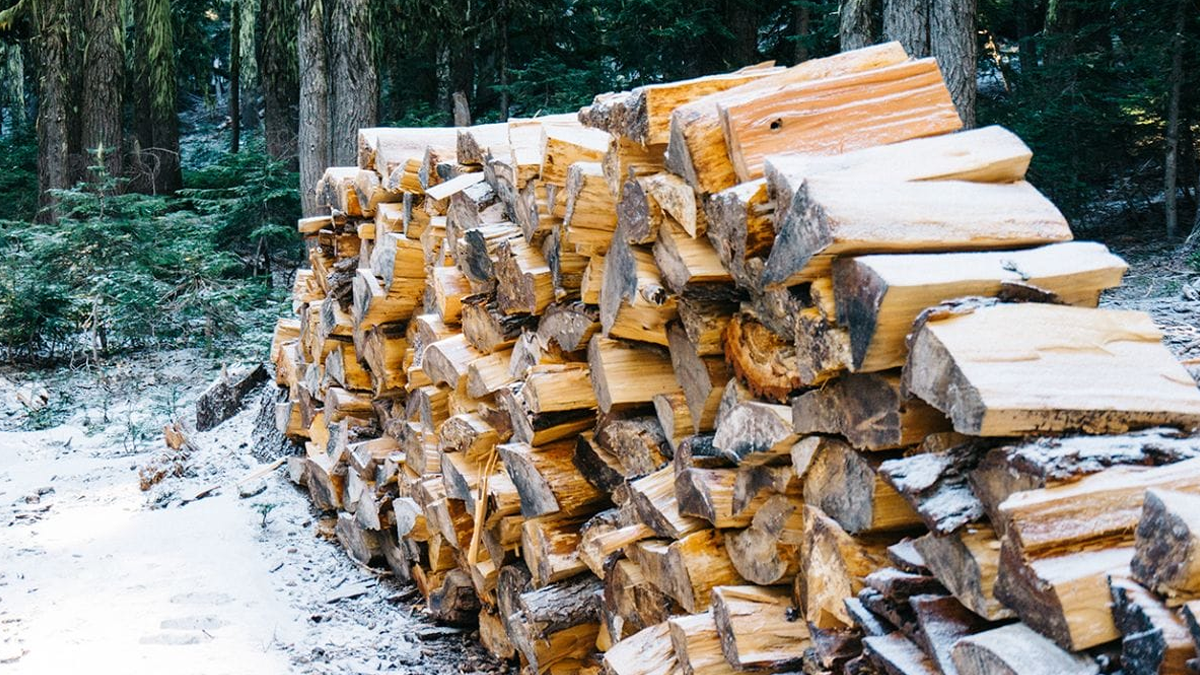
Lilacs form a popular group of flowering shrubs with fragrant blooms in very beautiful colors. The flowers are long-lasting and begin blooming during spring, therefore they make an effective way for a gardener to add beauty and scent into a landscape. There are so many cultivars available that a person could feel confused while choosing the correct type of lilac for a garden. The following article considers the most popular varieties of lilac and their differences to help make your choice.
1. Common Lilac (Syringa vulgaris)
But probably the most famous and widely cultivated is the Common Lilac, Syringa vulgaris. This deciduous shrub reaches 8 to 15 feet in height and bears huge numbers of very fragrant flowers during late spring. Colors range from deep purple shades to blue, pink, white, and even bicolored flowers.
One of the primary reasons the Common Lilac is so prized is for its adaptability to grow in USDA hardiness zones from 3 through 7. This versatile lilac does well in well-drained soil and full sun. Some of the popular cultivars are ‘President Lincoln’ with blue flowers, ‘Charles Joly’ with deep magenta, and ‘Madame Lemoine’ with white flowers.
2. French Hybrid Lilacs
The French Hybrid Lilacs belong to the group of cultivars that were hybridized with Syringa vulgaris to have more prominent and vigorous flowers in a greater diversity of colors. These hybrids are of French origin, developed in the 19th century by nurseryman Victor Lemoine. He crossed Syringa vulgaris with other species to achieve a larger color variation and more vigorous plants.
French Hybrid Lilac The flowers of French Hybrid Lilacs are generally more sizeable and fuller than those of Common Lilac. Some grow to 20 feet tall. They appear in all colors—lavender, pink, burgundy, and even yellow. Popular French hybrids include ‘Sensation’ (bi-colored purple and white), ‘Katherine Havemeyer’ (lavender-pink), and ‘Primrose’ (pale yellow).
3. Dwarf Lilacs
Dwarf Lilacs are compact, shorter versions, apt for small gardens or urban locations with limited space. These varieties are usually expected to reach 4 to 6 feet in height and width; thus, they work well as foundation plants, in borders, or for hedges.
One of the most popular compact lilac cultivars belongs to Syringa meyeri ‘Palibin’, more commonly called Dwarf Korean Lilac. This cultivar is well noted for its small, rounded growth habit and its profuse clusters of lavender-pink-colored flowers. Another very good example of a compact cultivar is Syringa patula ‘Miss Kim’, which is a little bigger in size and produces fragrant, ice-blue-colored flowers.
Generally, dwarf lilacs are hardy in zones 3 through 7 and are virtually maintenance-free, needing very little pruning or care once established.
4. Tree Lilacs
This will make the tree lilacs grow much taller than regular lilac bushes, sometimes to 20 to 30 feet in height. These cultivars are often used as small ornamental trees or large shrubs in landscapes. They produce large, creamy-white flower clusters in late spring to early summer that are less fragrant but no less attractive than those of the Common Lilac.
Probably one of the best known Tree Lilacs is the Japanese Tree Lilac, Syringa reticulata, which reaches up to 30 feet in height with flowers grouped into large, showy panicles. Another, more open and airy form, with exfoliating bark that contributes winter interest to the garden, is Syringa pekinensis ‘China Snow’.
They are hardy in zones 3 through 7, and their versatility for most landscapes is greatly enhanced by the fact that they grow well on almost any soil type.
5. Persian Lilacs
Syringa x persica, the Persian Lilac, is a hybrid cultivar from the cross between Syringa afghanica and Syringa laciniata. Compared to common lilac, these lilacs grow to be about 5 to 8 feet in height, and their whole form is more refined and airy.
This lilac variety has fine textured foliage and smaller, less dense flowers than other lilac types, but is highly fragrant with soft shades of lavender, pink, and white. It is more suitable for warm climates, hardy in zones 4 to 8.
One of the popular cultivars includes the ‘Alba’ with pure white flowers and another one is the ‘Laciniata’ that bears deeply cut, ferny foliage and light purple-colored flowers.
6. Preston Lilacs
The Preston lilacs, Syringa × prestoniae, are very late varieties, developed in Canada by Isabella Preston in the 1920s. These lilacs are a cross between Syringa villosa and Syringa komarowii and are known for their hardiness and capability to grow well in colder climates like zones 2 through 7.
Preston Lilacs are large, vigorous shrubs that can grow 10 to 12 feet high. They are said to be loaded with pink, purple, and white flower clusters, blooming late spring into early summer, greatly extending the flowering season and adding value to any garden.
Some of the popular varieties of Preston Lilac include ‘Donald Wyman’ – lavender-pink, ‘James Macfarlane’ – rose-pink, and ‘Miss Canada’ – bright pink.
Conclusion
Syringa Lilac represents a really great variety of cultivars; all lots are specific, so lilacs can find a place in the gardens for gardeners with different levels of skill. Want a small, compact shrub for the tiny garden or a towering, tree-like specimen? Perhaps the late-blooming forms are needed to extend the lilac season. There’s a type of lilac for every gardener. Knowing the different types of lilac bushes and their requirements makes choosing just the right one for your garden easy to enjoy its beauty and fragrance for years to come.





